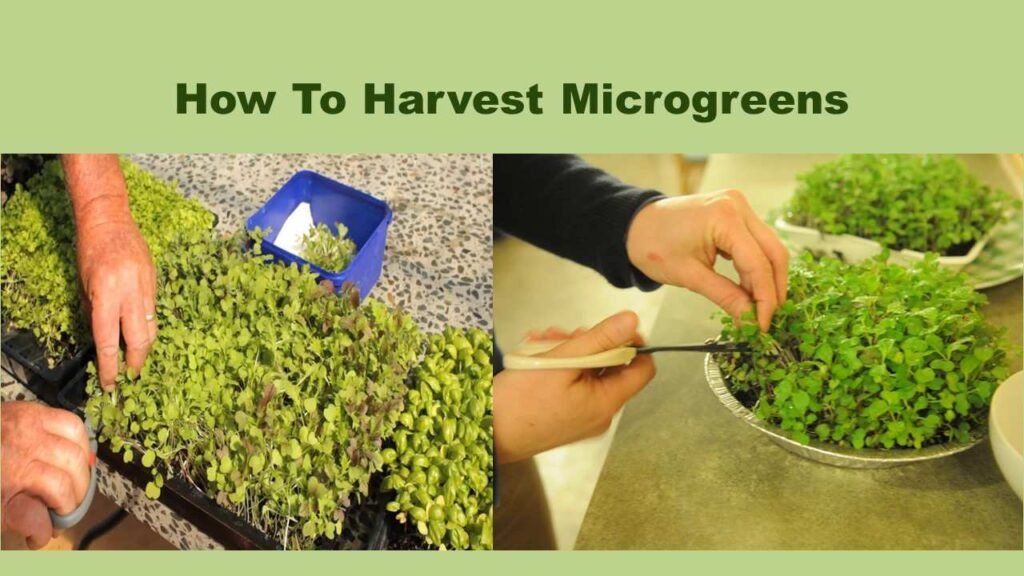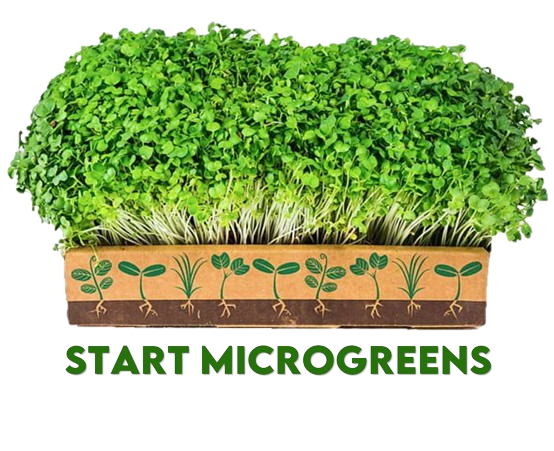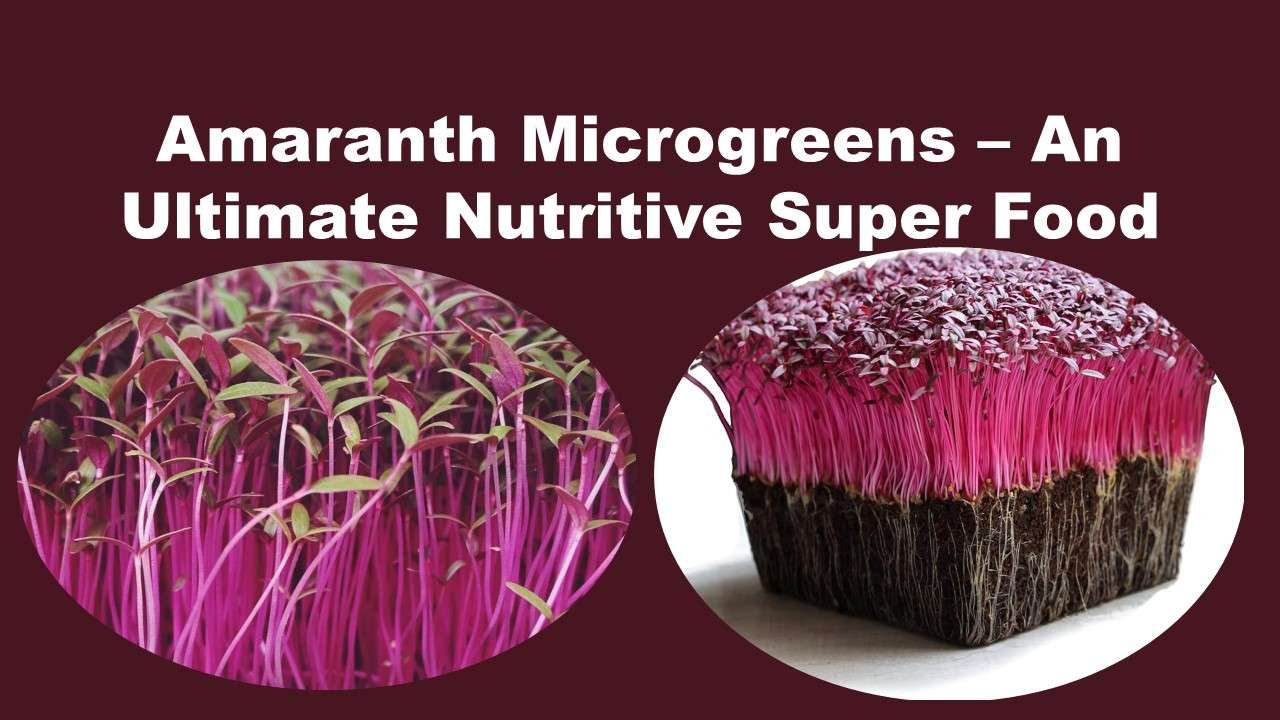Amaranth Microgreens – An Ultimate Nutritive Super Food
“ Small in size, Big in nutrition ”
Hello folks, We usually include amaranthus in our day-to-day recipes. Have you ever heard about amaranth microgreens?
Before getting into the details, firstly let us focus on what are amaranth microgreens.
These are nothing but tall shoots with tiny leaves that emerge from the amaranth seed and are harvested at early stages of growth anytime between seven to twenty-one days. Early harvest produce can be attributed to its exceptional nutritional quality. Amaranth microgreens, despite their miniature size, do offer a pack of power punch that can exceed the nutritional content of their mature ones.
These tiny shoots put forward multiple health benefits and delicious delights in the culinary industry. It doesn’t demand a huge space and can be grown in trays or any kind of container making them easily accessible by everyone. Their texture and flavor offer a wide range of culinary applications ranging from salads, soups, and toppings to dishes and various meals.
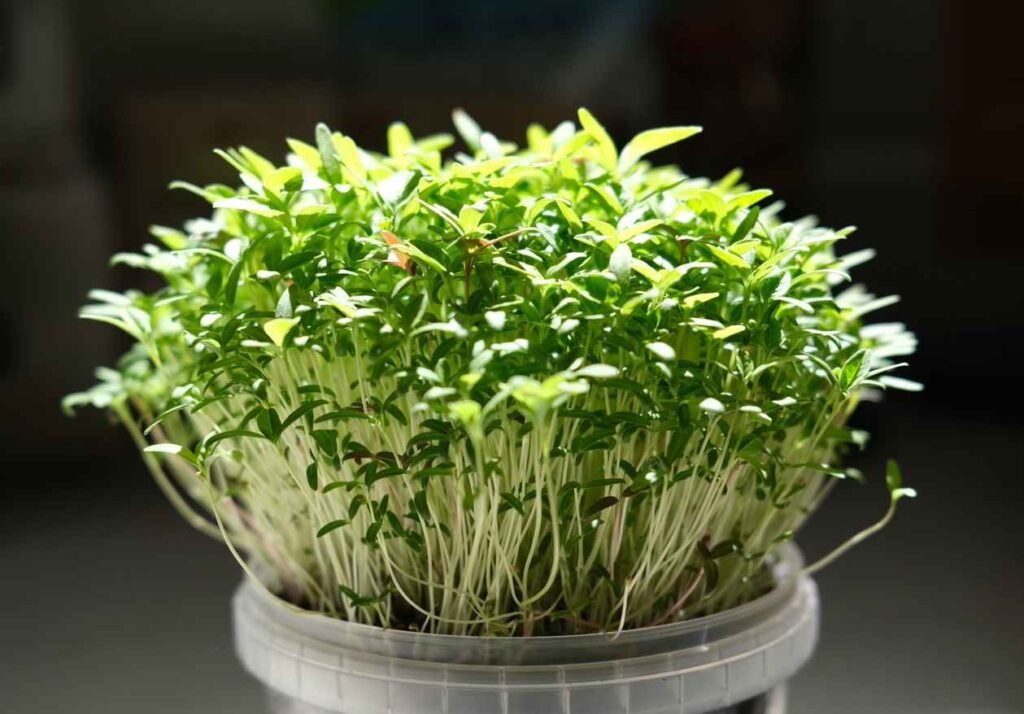
Why are Microgreens healthier than mature ones?
Microgreens are harvested at young growth stages. During this stage, these have just developed their true leaves and are densely packed with all nutrients. The early stage of harvest makes the nutrients to be easily available to the body and thereby promotes efficient absorption. As the life cycle is very short, they retain most of the nutrients in the seed itself because they don’t need to contribute the nutrition to the later stages. But, it is important to note that the exact nutritional composition may differ depending on the species, growing conditions and other factors.
They do offer a good nutrition to our daily diet but they do not necessarily replace the mature vegetables available. As a result, a concentrated nutrient profile is developed. Here’s the nutritional composition of amaranth microgreens. Note that the nutritional profile of amaranth microgreens shows a considerable variation compared to fully grown ones.
| PRINCIPLE | NUTRIENT VALUE |
| Calories | 29 Kcal |
| Proteins | 3g |
| Carbohydrates | 4g |
| Fat | 2g |
| Dietary fibre | > 1g |
| VITAMINS | |
| Vit A | 6670 IU |
| Vit C | 28mg |
| Vit K | 32mg |
| Vit E | 2g |
| MINERALS | |
| Calcium | 160mg |
| Iron | 3mg |
| Potassium | 600mg |
| Phosphorus | 50mg |
| Magnesium | 60mg |
Amaranth varieties for Microgreens
There exist two different varieties preferred for growing microgreens which include green amaranth and red garnet amaranth.
Green amaranth: This variety of amaranth gives us a spinach-like taste. It is prominently known for its fresh and earthy flavor. It can pair well with many other dishes and is said to be versatile.
Red amaranth: This variety of amaranth gives us a tangy flavor. As the name indicates, this variety produces red stems with green leaves. The color and texture of it present a striking appearance to the dishes and can be added to a wide range of cuisines.
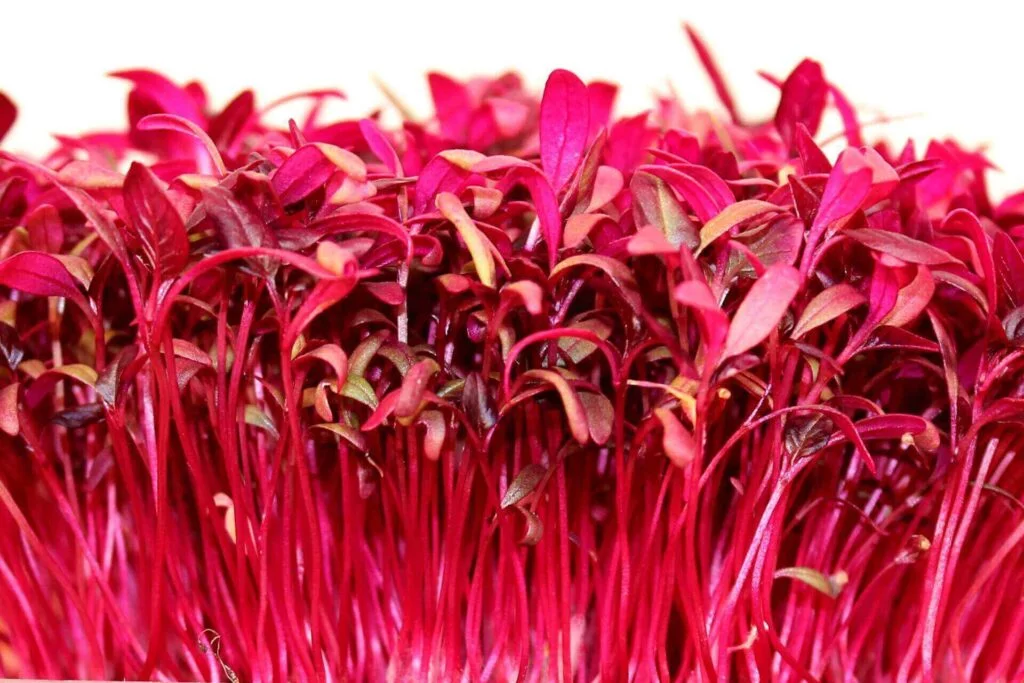
Growing methodology of Amaranth microgreens
Well, we got introduced to what exactly are these tiny greens and also the nutrient merits they would offer! Now let’s deep dive into the material required and the actual process of growing them. Growing these microgreens is easy and similar to growing any other greens. But utmost care has to be taken during its growth period to ensure profitable yield and reduce considerable losses.
Materials needed for its growing
- Amaranth seeds for sowing
- Shallow tray or container for seed growth
- Cocopeat or soil for growing media
- Spray bottle for even distribution of water
- Light source (Sunlight / grow lights) for proper and uniform growth
- Transparent sheet for the blackout period
- Scissors or sharp knife for harvest
Cultivation method of Amaranth microgreens
Preparation of bed
Select a clean shallow container or any plastic tray. Make sure to provide drainage holes at the bottom of the tray/container. Fill it with cocopeat or soil about an inch or two. Level the tray properly by pressing to ensure a smooth surface.
Sowing of the seeds
Broadcast the seeds evenly across the surface without any overcrowding. Gently press the seeds and cover them with a half-inch layer of cocopeat. Once the sowing is done, make sure to sprinkle the water.
Blackout period
Cover it with a transparent sheet for up to 3 days to prevent the seeds from being exposed to direct sunlight. Covering them will help in the elongation of shoots in search of sunlight.
Lighting period
After the successful completion of the blackout period, remove the sheets and expose them to sunlight or grow lights to ensure proper growth. Providing adequate light is considered important for their healthy growth.
Care & Cultivation
Water them regularly preferably with a sprinkler to prevent waterlogging. The media either coco peat or soil should be consistently moist but not wet. Ensure proper aeration to prevent any attack of external biotic entities.
Harvesting
After a long wait of 2 to 3 weeks, your superfood is all set for the harvest. Gently cut the shoots using clean scissors or knife just above the soil level and wash out any adhered soil particles. Use them fresh or store them in a container after proper drying. They can last up to 3 to 4 days if stored properly.
Climatic requirements for amaranth microgreens
They thrive in moderate to warm climatic conditions. They can also be grown indoors in a grow light setup. Here are some specifications of climatic requirements for their successful growth
| Temperature | 21C – 26C |
| Humidity | 50 – 65% |
| Light | 12 -16 hrs of indirect light / 4 – 6 hrs of direct light |
Precautions need to be followed while growing
- Use clean and sterilized material ( seeds, trays, soil/cocopeat)
- Provide proper aeration to prevent any fungi build-up.
- Don’t overwater, as it may result in mold growth.
- Harvest them in the early stages i.e. when first true leaves appear for the best nutrition and flavor.
What health benefits does it offer?
Weight management: As these microgreens are low in calories and packed with nutrients, they can be included in the diet for considerable weight loss.
Digestion friendly: Microgreens are rich in dietary fiber and hence are the perfect addition that promotes healthy digestion thereby preventing constipation.
Antioxidant properties: These contain good amounts of antioxidants that help in fighting oxidative stress and hence reduce the risk of chronic health issues.
Nutrient-dense: Amaranth is packed with a power punch of nutrients. These are rich in many vitamins and minerals that contribute to healthy body functioning and overall development.
Bone health: Amaranth is a rich source of Calcium and Phosphorus which are principal components of bone density and bone health. Including these microgreens in your daily diet would help you maintain healthy and strong bones.
Immune boosting: These microgreens are a very good source of Vitamin C and also contain small amounts of zinc. Both are essential in supporting and strengthening the immune system. Thereby aiding the body in fighting and overcoming all kinds of infections and illness.
Anemia-friendly: Amaranth is a significant source of Iron which forms an important component of haemoglobin in the body. Including them in your diet regularly helps you prevent Iron deficiency anemia which is a severe problem in women these days.
Improves cognitive ability: Some nutrients like Vitamin K and potash present in amaranth are said to be associated with the cognitive function of the brain which potentially reduces cognitive risks and improves cognitive ability.
Culinary applications of Microgreens
Amaranth microgreens are versatile having a good flavor and vibrant appearance offering diversified culinary applications such as the following
- Wraps and sandwiches
- Garnishing
- Salads
- Soups
- Topping
- Veg bowls
- Smoothie bowls
- Sauteed dishes
- Stir fries
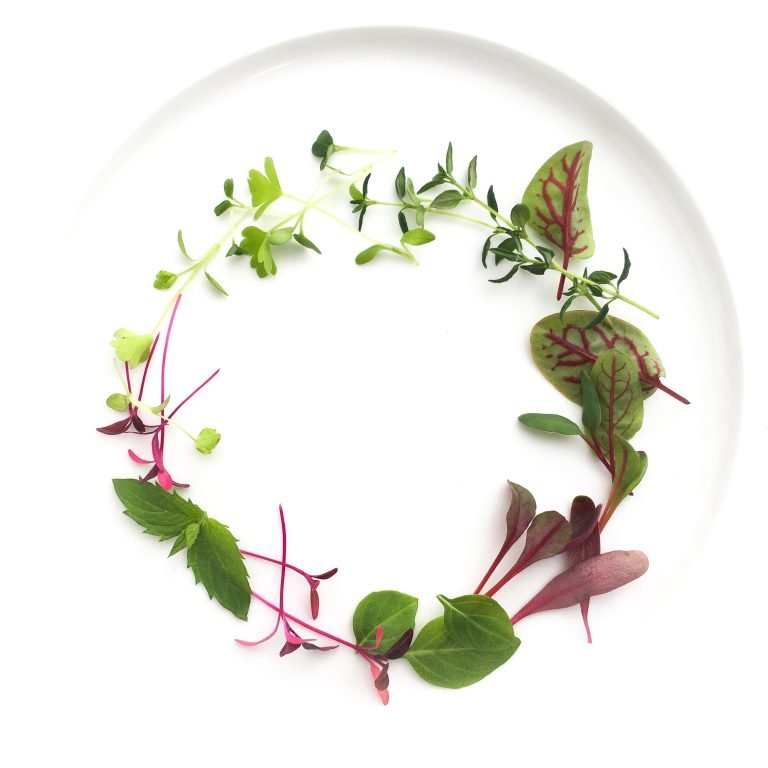
Problems faced during the growth process
Though growing microgreens is a simple and easy process, certain challenges may be encountered during its growth process like any other.
Uneven growth: Growth variability might be observed even in the same batch of microgreens. This can be due to uneven distribution of seeds, inconsistent light, and inadequate water availability. This can be avoided through proper care and monitoring
Damping off: It is a fungal disease usually seen in the nursery stage where the seedlings fall off from being erect. In severe cases, they may wilt and die. This may be due to overwatering where a waterlogged condition is created. It can be avoided by providing optimum watering and using good and sterilized soil.
Mold: High humidity and excessive moisture can create a favorable condition for mold to develop. To avoid this, provision for proper air circulation should be provided, and make sure the seedlings are not overwatered.
Leggy growth: No proper sunlight can result in elongated stems or become leggy as the microgreens try to reach out in search of light. For healthy and proper growth, natural sunlight or artificial growth lights set up is crucial.
Conclusion
The amaranth microgreens being very tiny creatures offer a wide range of benefits. These are simply a pack of nutritional punch that can be easily grown and maintained by anyone and everyone making it accessible to all the people. Moreover, these are pretty convenient to cultivate as they require minimal space and time. Despite a few challenges like mold attack, damping off, and other indoor pests, proper care and attention to them will help in creating uniform growth and successful harvest. It is crucial to include these tiny greens in your diet considering their contribution to the overall health and well-being of the body. They add a bounty of nutrition to the meal without impacting any calorie intake.
Latest Post
- Disadvantages Of Microgreens ? 3 things you must know
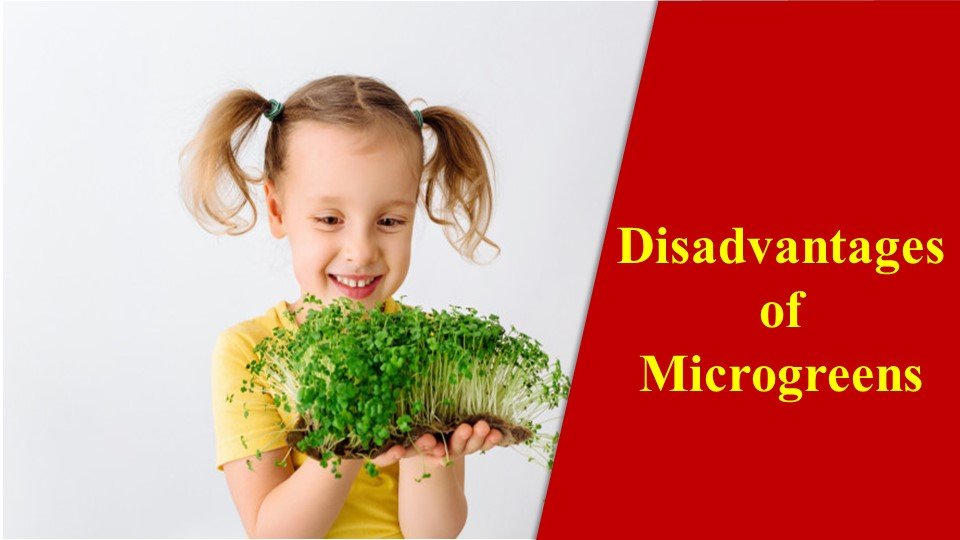
- Get The Ideas On Where To Sell Microgreens: The 6 Best Ways

- How to grow Microgreens without Soil: Easy tips for Gardener

- top 10 Most Profitable Microgreens In The Us
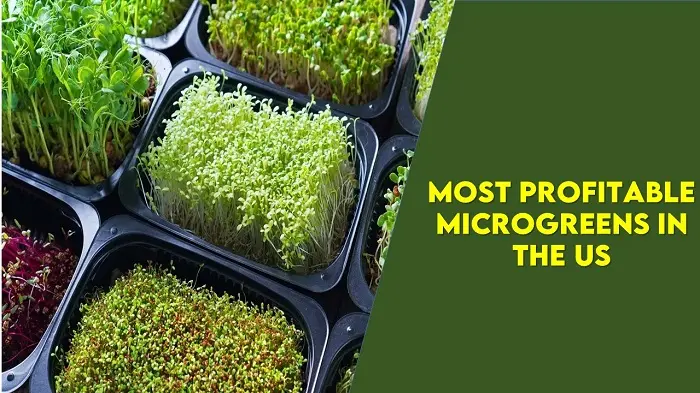
- Do Microgreens Regrow? – Best Ways To Regrow Them
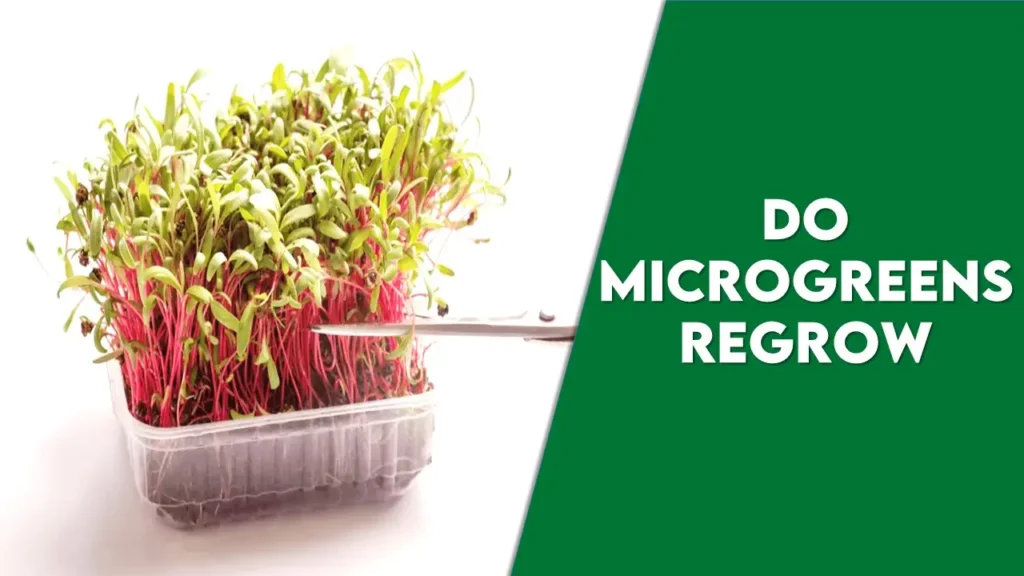
- Who Invented Microgreens ?- Revealing All The Hidden Truths

- 5 Easy Microgreens For Beginners
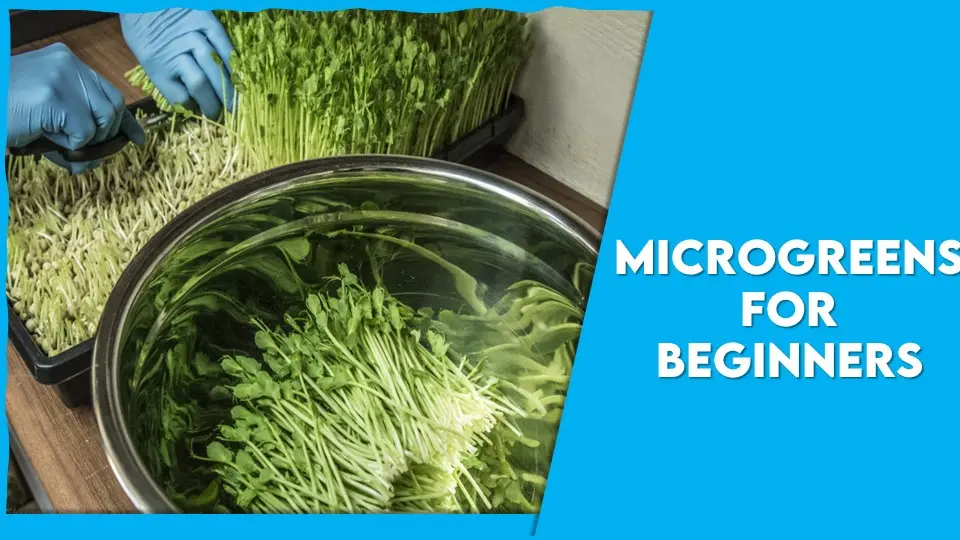
- What Causes Microgreen Mold – A Big Threat To Microgreens
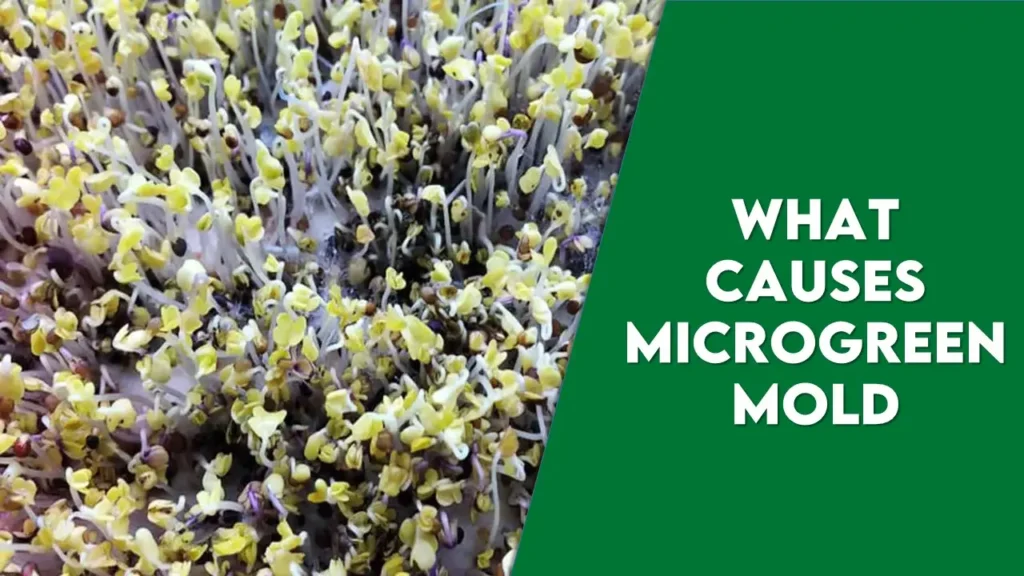
- How To Grow Barley Grass – A Seedling To Amazing Superfood
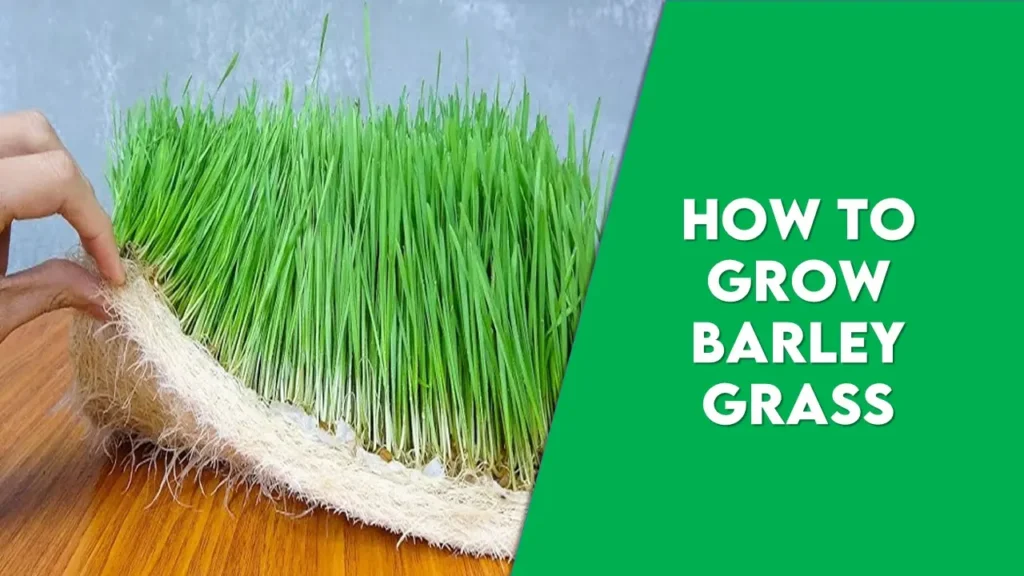
- Microgreens vs Sprouts – Are They Same? – Let’s uncover the Facts
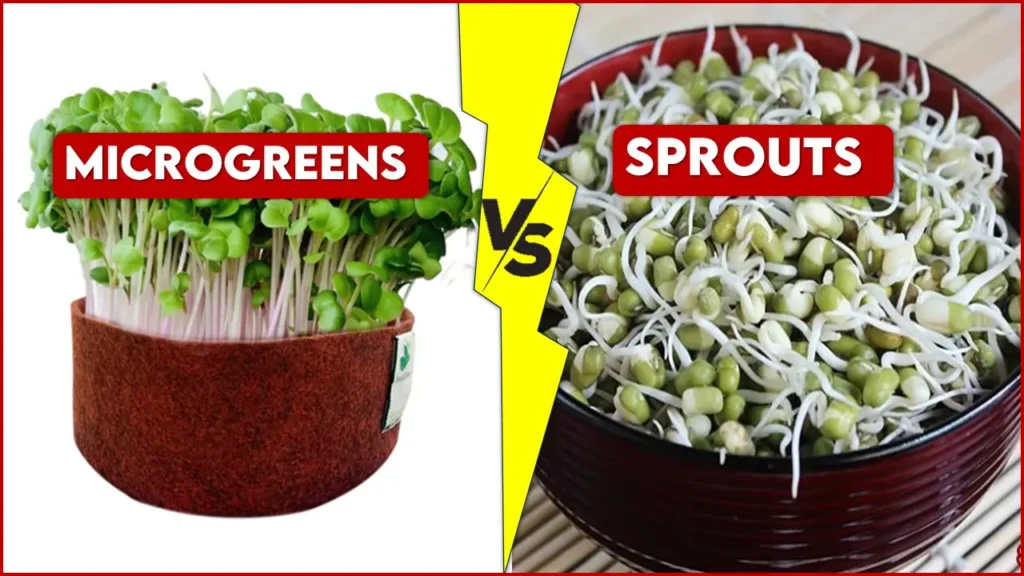
- Do I Need A License To Sell Microgreens – Things To Be Noted

- Microgreens Business – A New Boost To Entrepreneurial Revolution
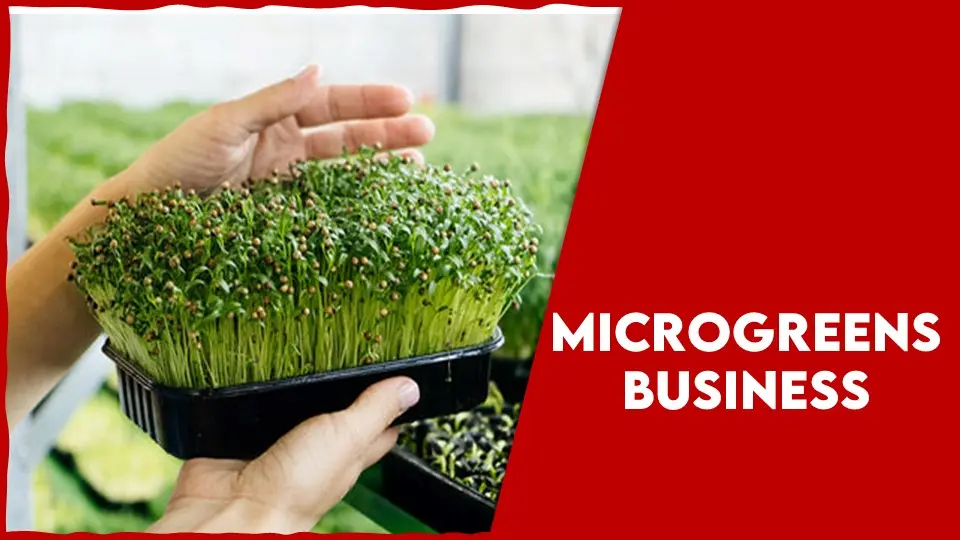
- Where To Buy Wheatgrass – What Would Be The Best

- How to Grow Cilantro Sprouts – The Best Facts One Needs To Know
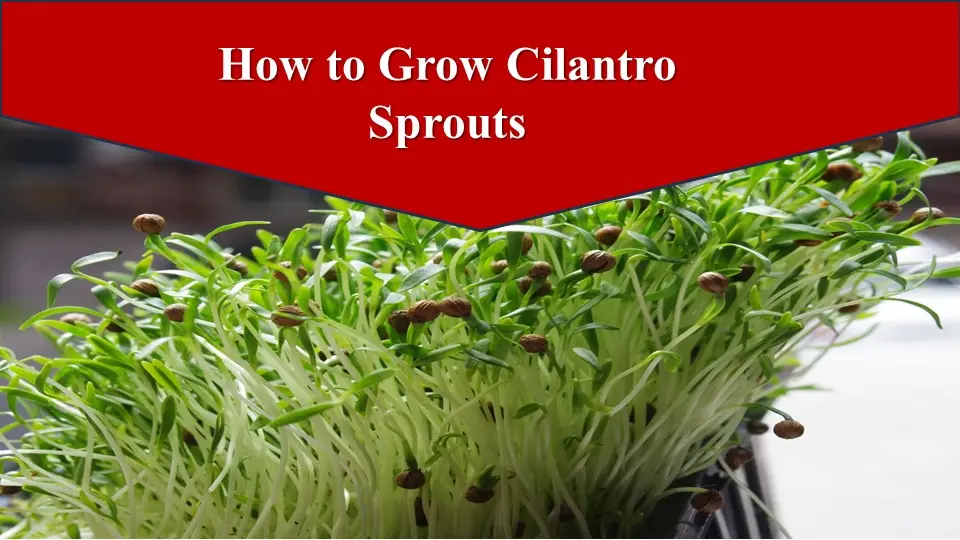
- How To Sell Microgreens – Best Tips To Follow

- Growing Microgreens For Profit – The Profit Potential
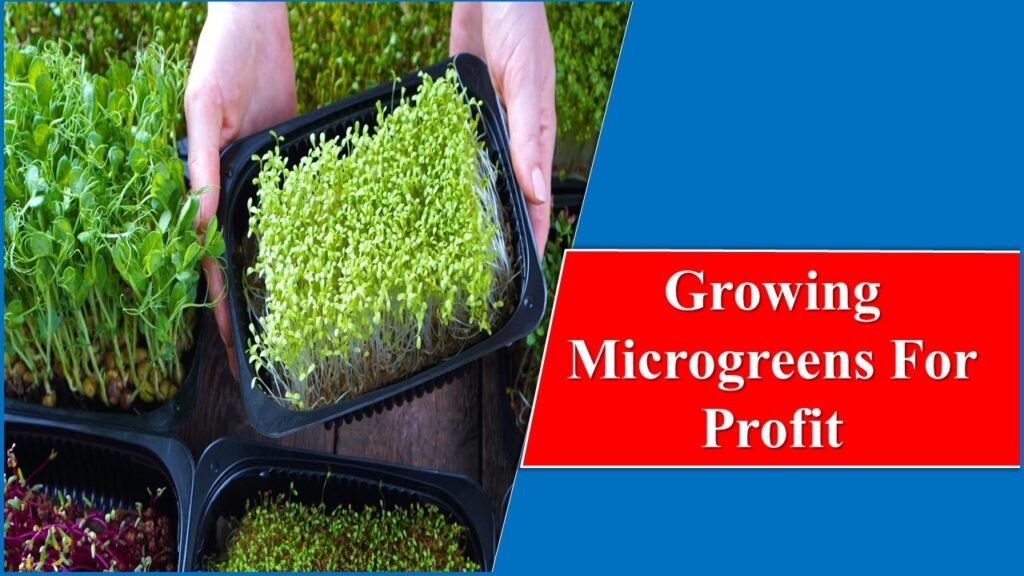
- How to grow Sunflower Microgreens – A New Twist Of Nutrition
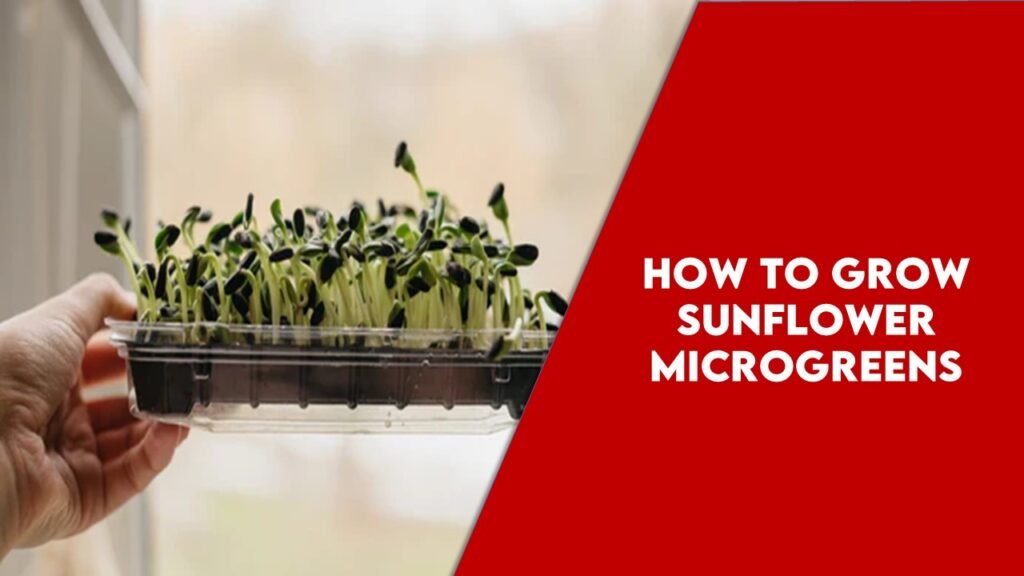
- How to Grow Pea Shoot Microgreens – an easy guide
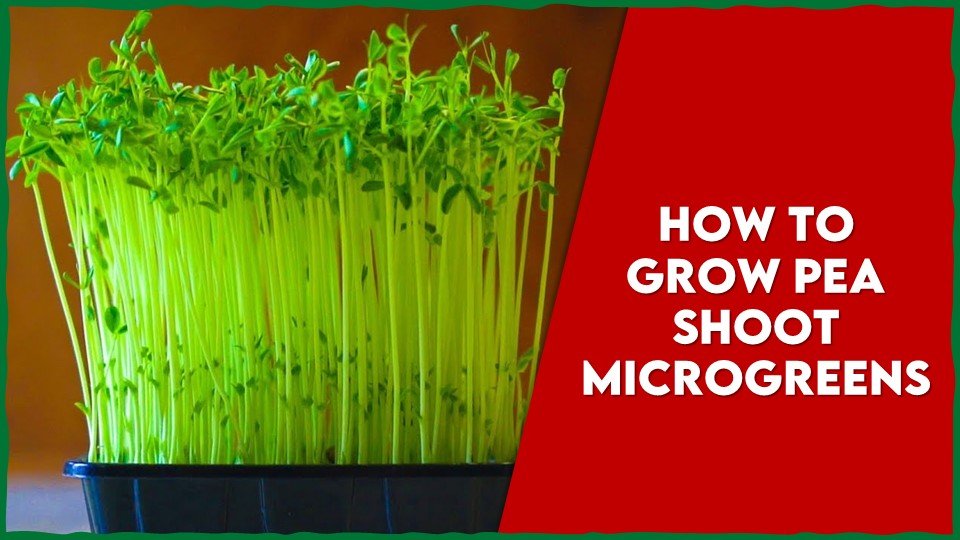
- What are the Clover Sprouts Benefits? Is it healthy or not?

- Worried About How To Eat Microgreens? – Here 6 Best Ways

- How To Harvest Microgreens – The Best Guide That Guides You!
